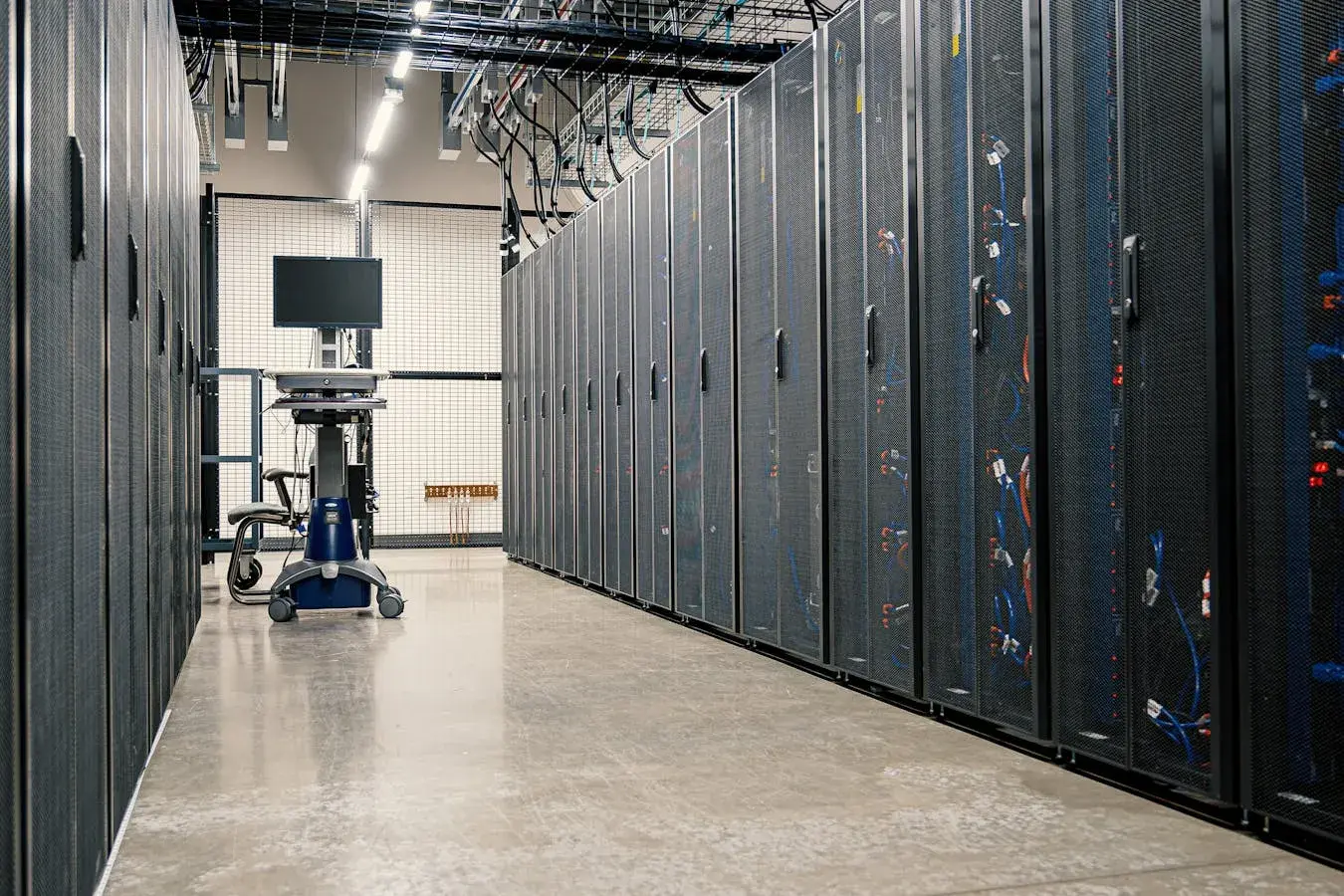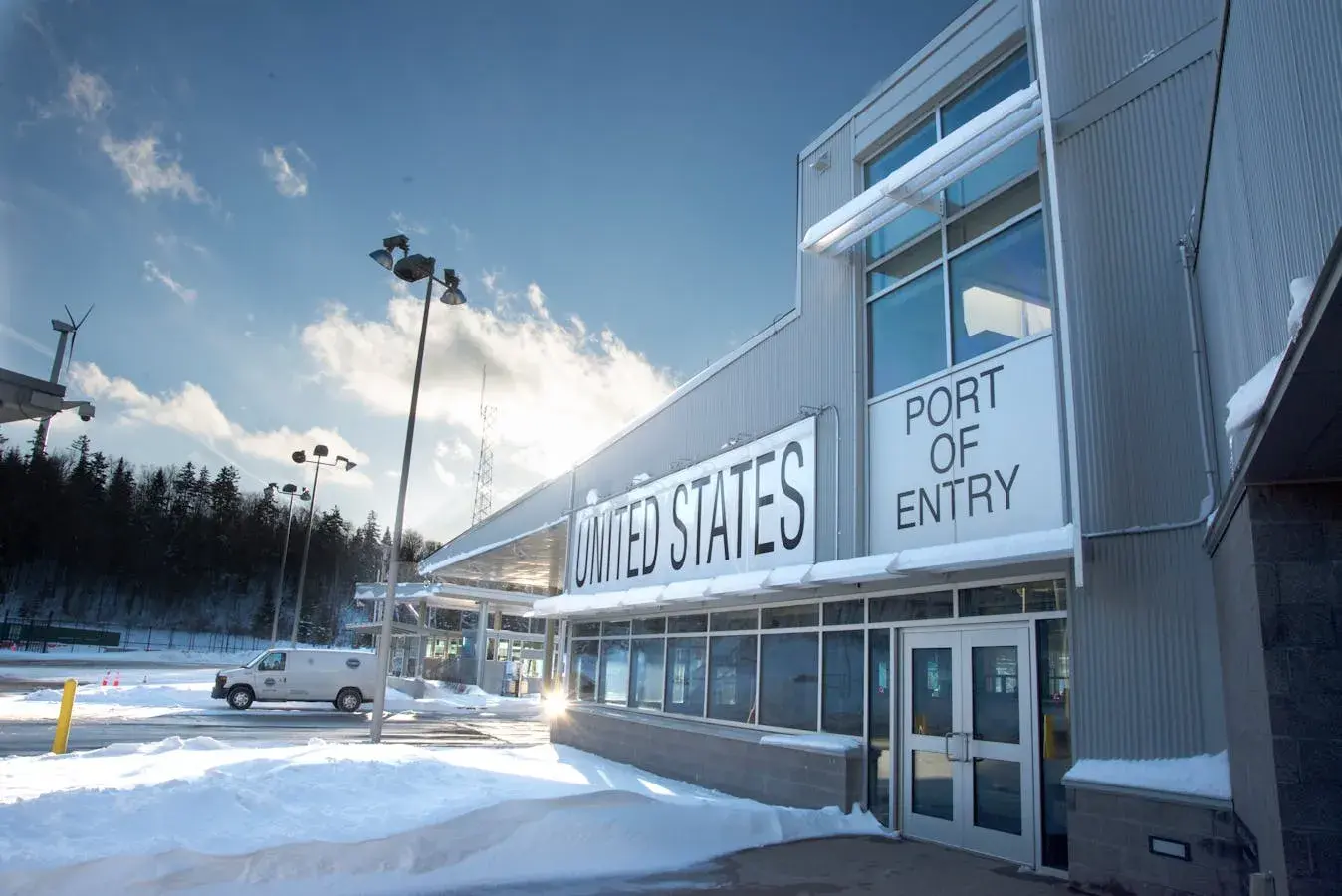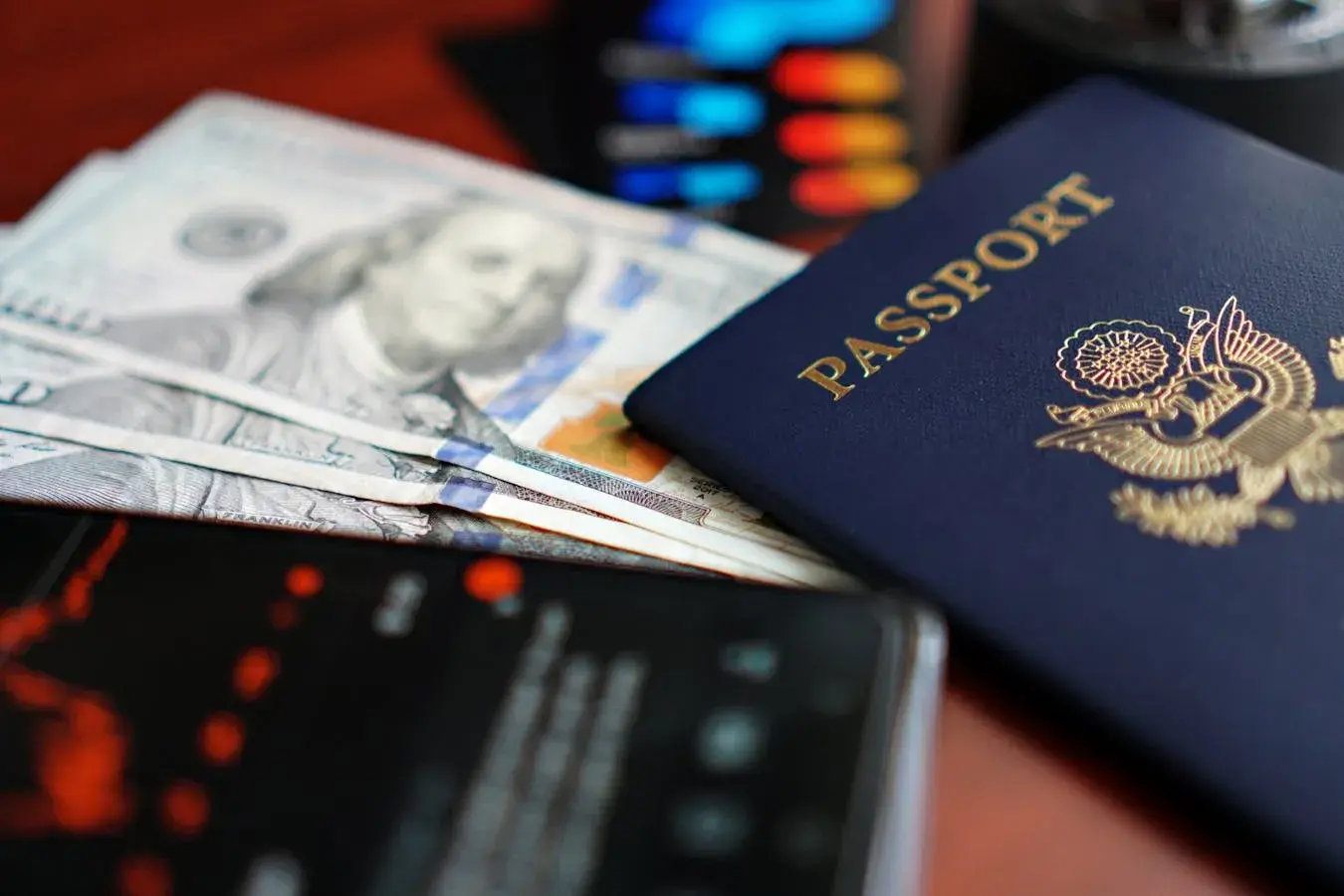Why H‑1B Reform Could Power America’s AI And Chip Ambitions
As Washington pours billions into chip plants and AI research, a quieter lever could determine whether those investments pay off: high‑skilled visas. Reforming the H‑1B program could be a force multiplier for U.S. AI and chips, by making it easier for employers to hire and keep the engineers and researchers these projects require.

What’s Changing
In January 2024, U.S. Citizenship and Immigration Services overhauled how H‑1B registrations are chosen, moving to a beneficiary‑centric lottery designed to reduce fraud and give each candidate a fair chance regardless of how many employers register them. The agency also completed the fiscal 2025 lottery under the long‑standing annual cap. Congress caps new H‑1Bs at 85,000 (65,000 regular plus 20,000 for U.S. advanced degrees), a limit that has not budged even as demand has surged.
A follow‑on rule finalized in December 2024—effective January 17, 2025—updated specialty‑occupation guidance, tightened integrity checks, and added practical flexibilities for employers and students transitioning from F‑1 to H‑1B status. Together, these steps modernize the program’s mechanics, but they don’t change the basic supply of visas.
Why It Matters For AI And Chips
Semiconductor manufacturing and AI research are talent‑intensive. The Commerce Department estimates U.S. industry could be short roughly 300,000 engineers and 90,000 technicians by 2030, even as CHIPS Act grants expand fabrication and advanced‑packaging capacity. Commerce projects a 300,000‑engineer shortfall by 2030—a gap that onshoring alone can’t close.
Demand for H‑1Bs underscores the mismatch: the FY 2025 lottery drew nearly half a million eligible registrations for just 85,000 slots. USCIS logged nearly 480,000 FY2025 registrations, illustrating how many employers—from chipmakers to AI labs—are competing for scarce visa numbers.
Policy Trade‑Offs
The debate has sharpened this year. A new $100,000 fee on each new H‑1B application prompted backlash from hospitals and tech firms, while some companies pledged to absorb the cost to keep critical hiring on track. At the same time, major employers have cautioned visa holders about international travel amid heightened policy uncertainty, reflecting the stakes for teams building foundational AI models and staffing new fabs.
Proponents of reform argue that aligning immigration with industrial policy would accelerate returns on public investment in semiconductors and AI. Critics counter that the United States should prioritize training domestic workers and guard against abuse. The choice isn’t binary: targeted steps—faster adjudications, clearer rules for startups, and modest, well‑policed cap exemptions tied to CHIPS‑funded projects—could expand capacity without undercutting labor standards.
What’s Next
With CHIPS awards rolling out and the National Semiconductor Technology Center ramping up, the next phase is execution—and people. Whether the U.S. leads the next decade of AI and chip innovation may hinge less on concrete and clean rooms than on how swiftly it can welcome, deploy, and retain scarce expertise. Smart H‑1B reform would match the scale of America’s ambition.
Sources
- USCIS Announces Strengthened Integrity Measures for H‑1B Program — USCIS (January 30, 2024)
- Modernizing H‑1B Requirements, Providing Flexibility in the F‑1 Program, and Program Improvements Affecting Other Nonimmigrant Workers; Final Rule — Federal Register (December 18, 2024)
- DHS Strengthens H‑1B Program, Allowing U.S. Employers to More Quickly Fill Critical Jobs — USCIS (December 17, 2024)
- Tech companies are telling immigrant employees on visas not to leave the U.S. — Washington Post (March 31, 2025)
- Nvidia to continue sponsoring H‑1B visas, Business Insider reports — Reuters (October 7, 2025)
- Commerce Secretary Gina Raimondo Hosts Launch of HBCU CHIPS Network to Build a Skilled and Diverse Workforce in Producing Semiconductors — U.S. Department of Commerce (February 9, 2024)
You May Also Like
These Related Stories

No, H-1Bs Aren’t ‘Transferred’: How Job Changes Really Work

Trump says U.S. lacks ‘certain talents,’ backs H‑1B visas

No Comments Yet
Let us know what you think